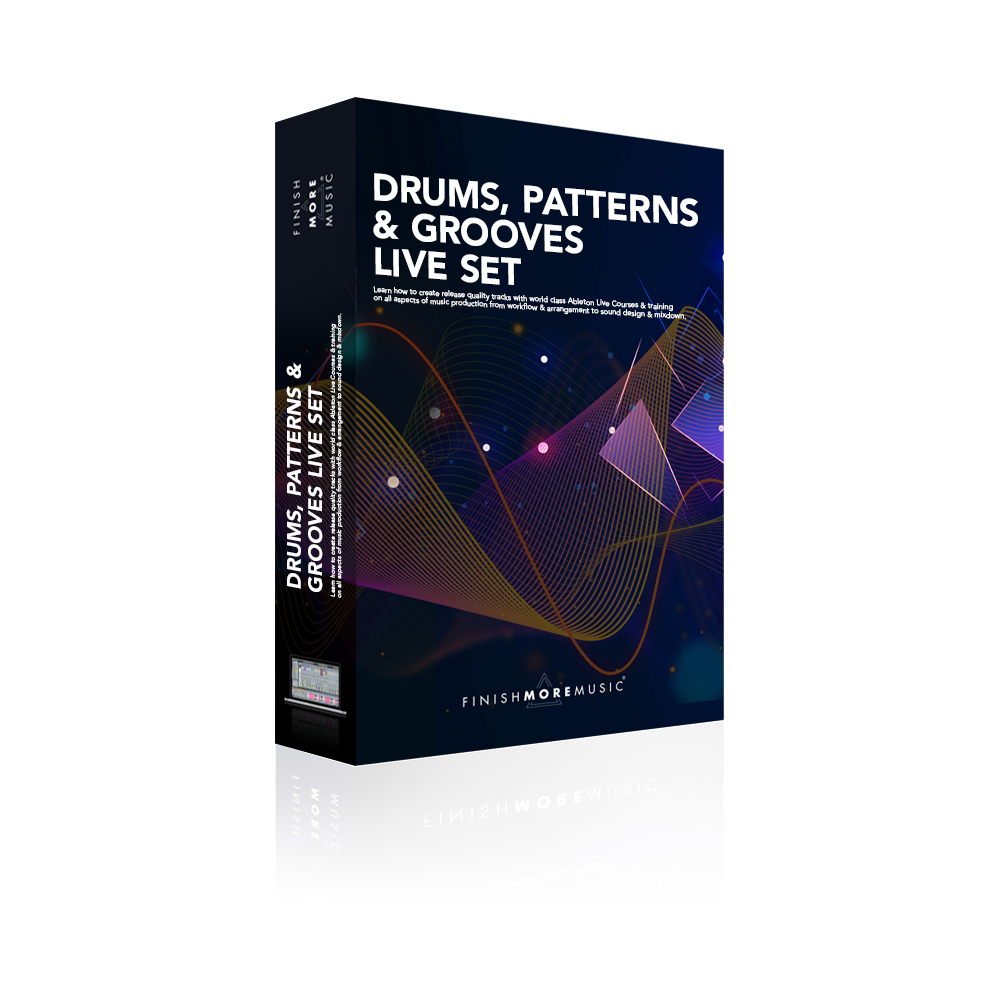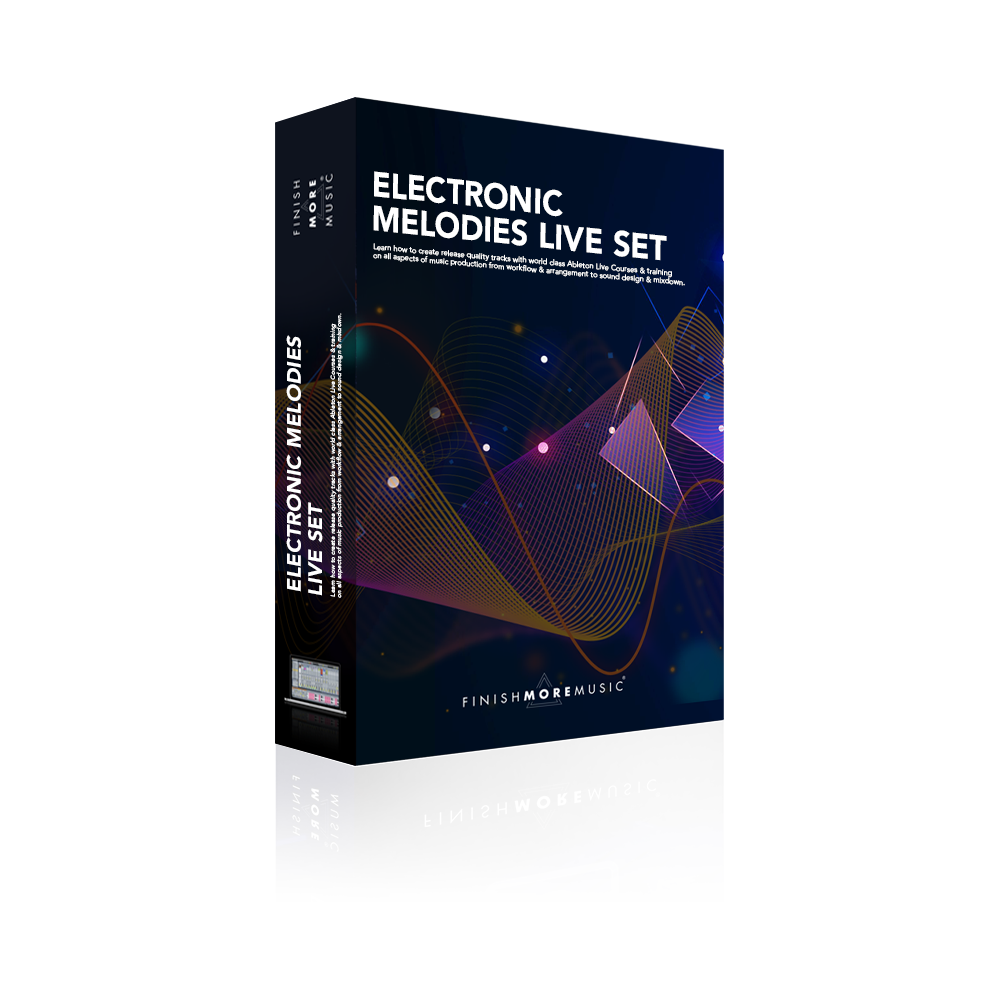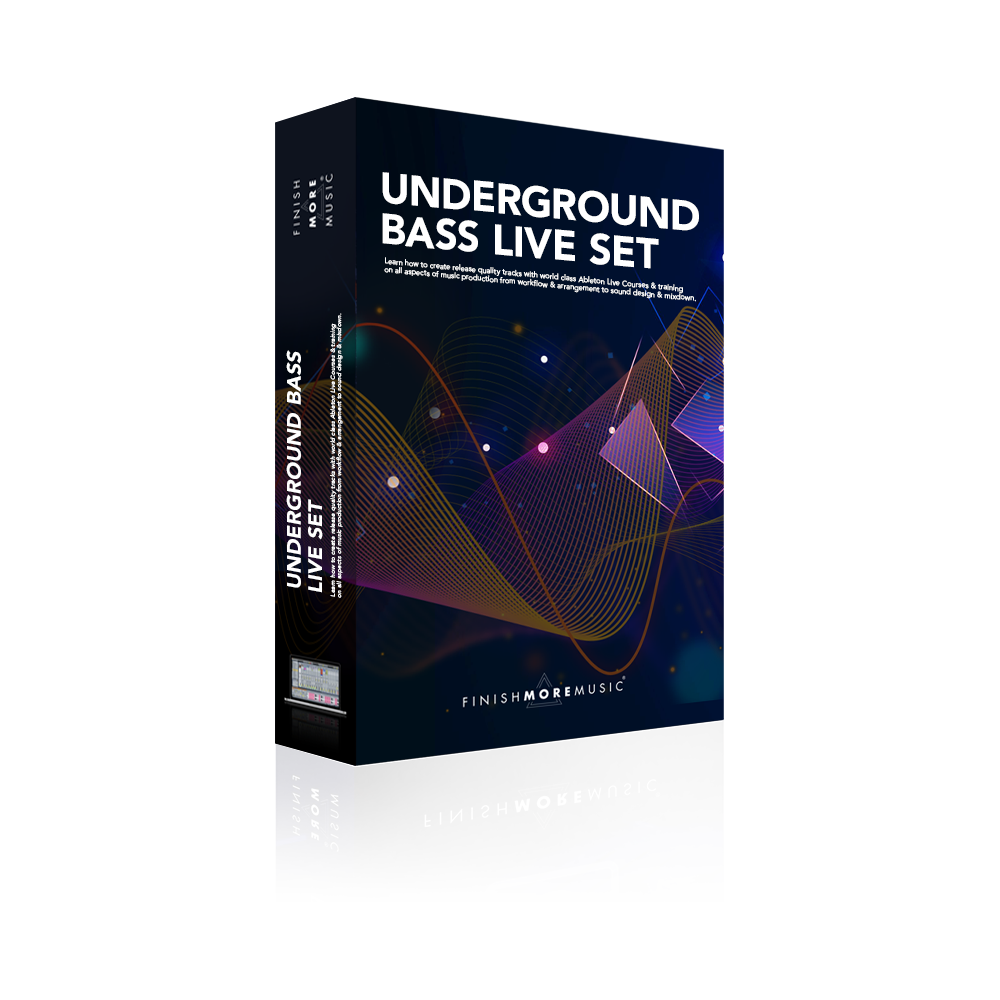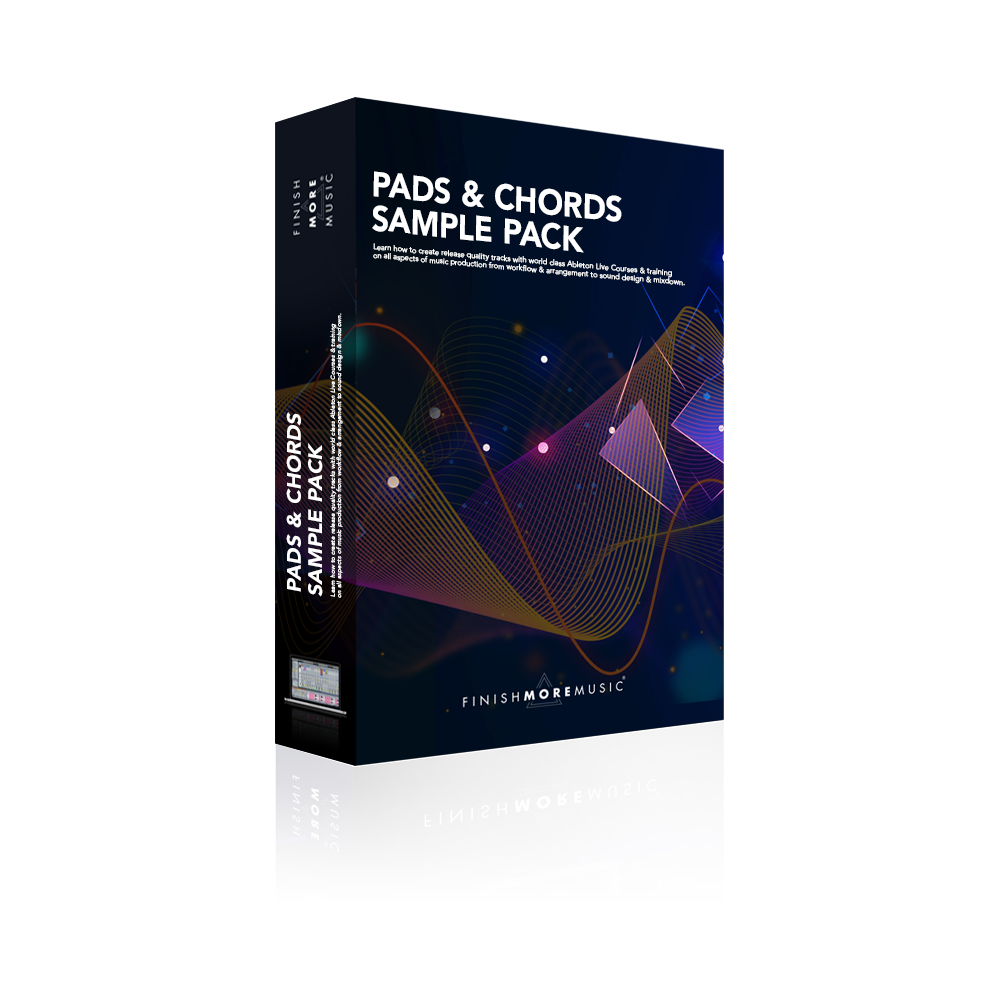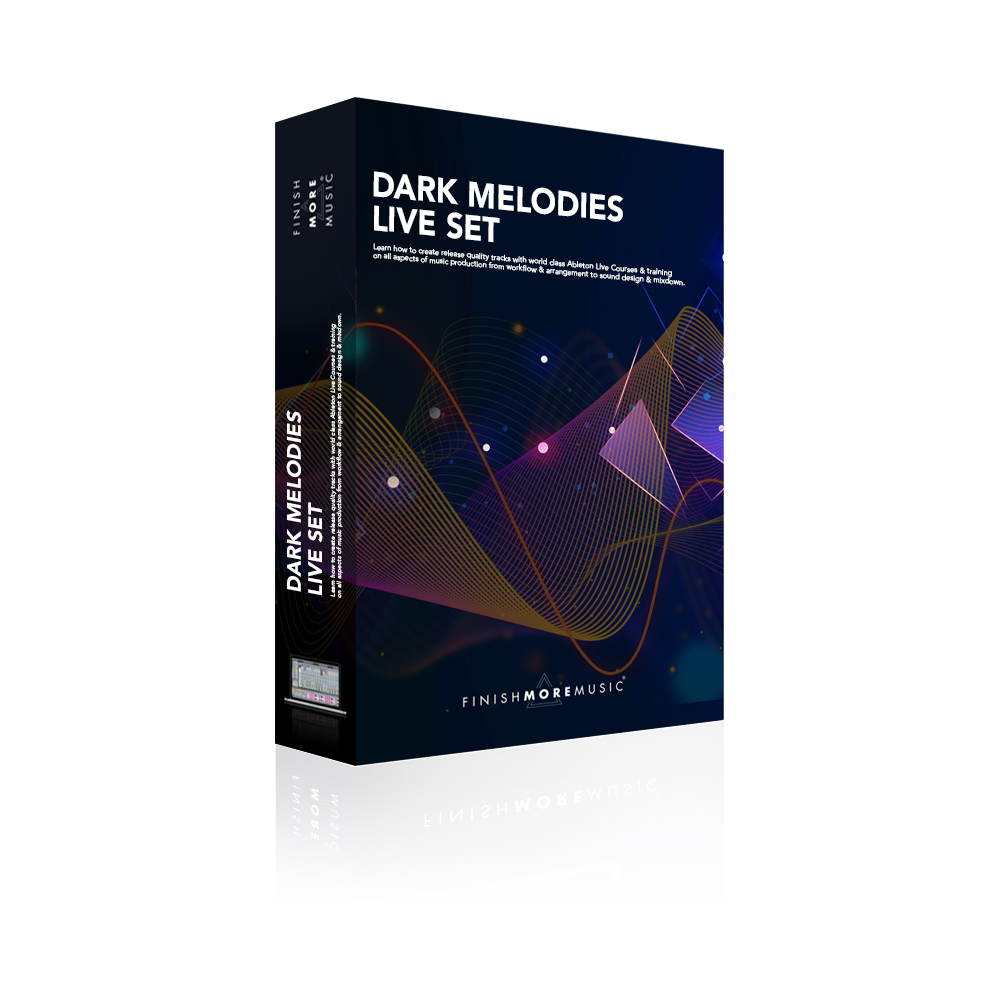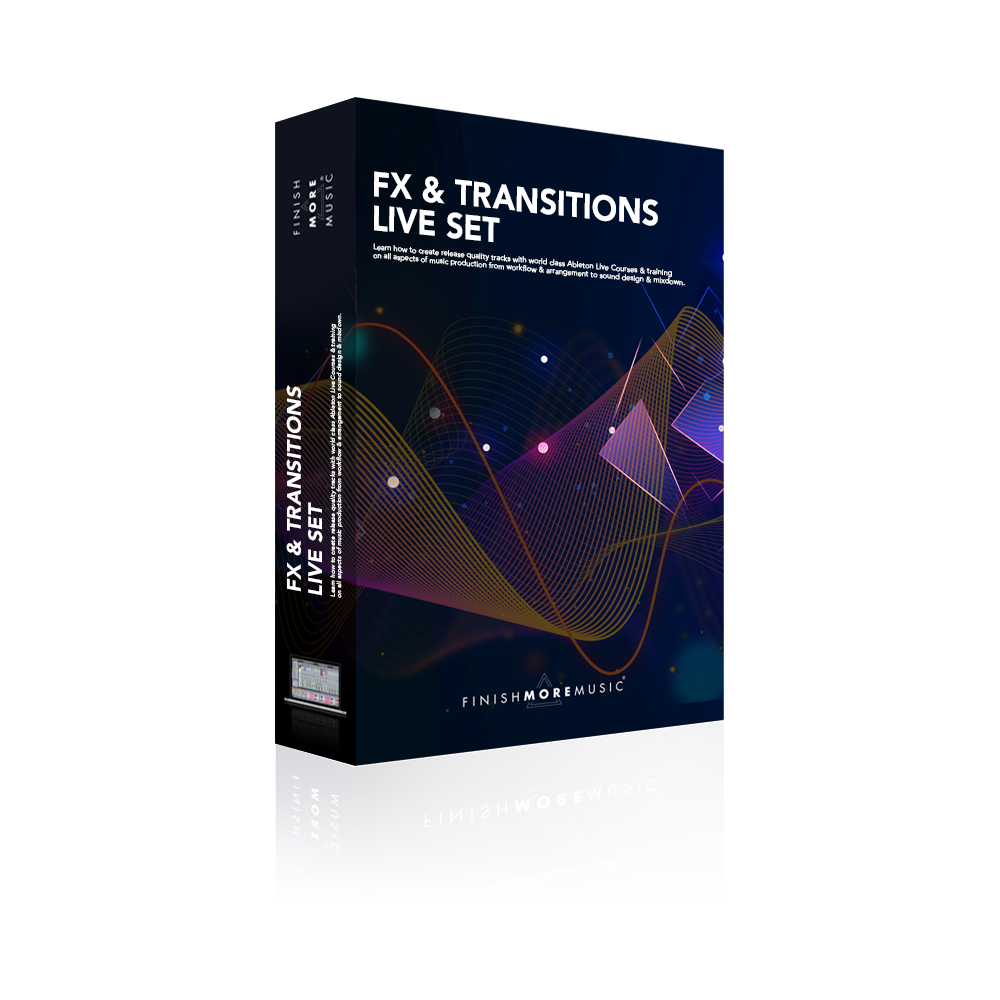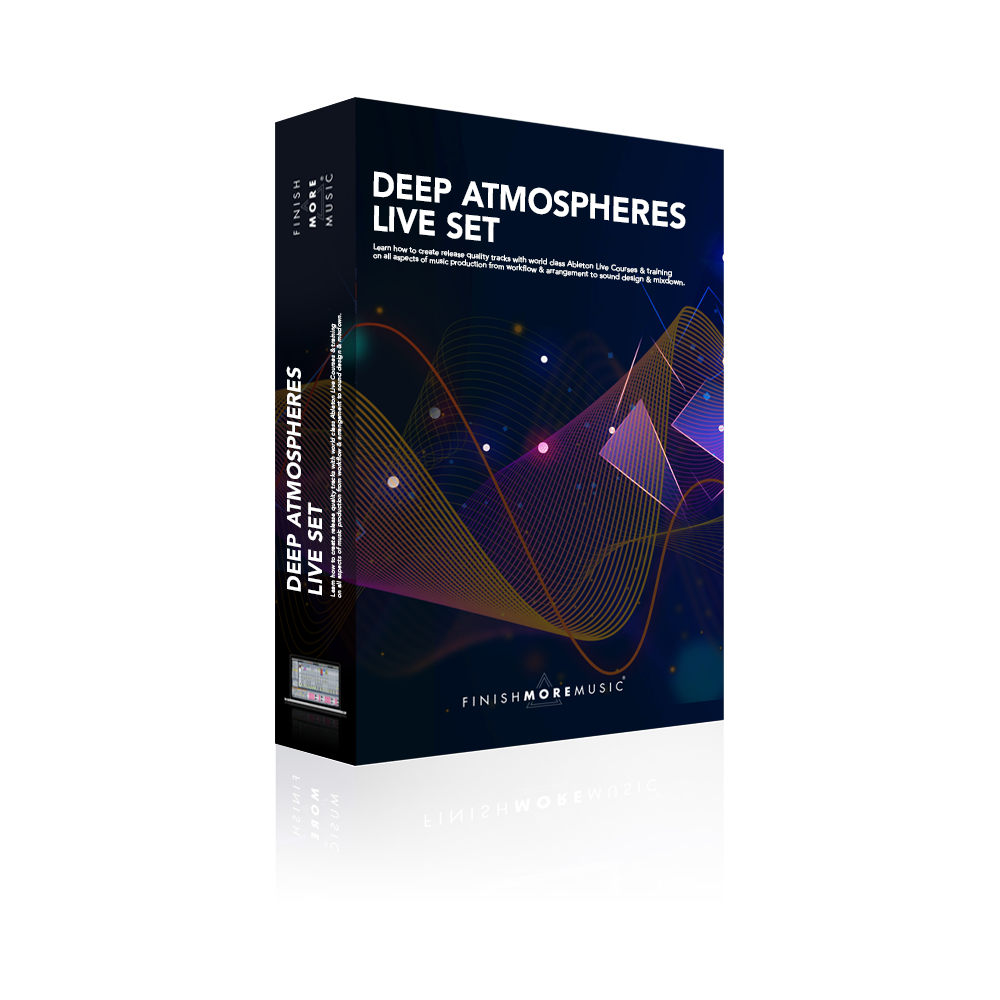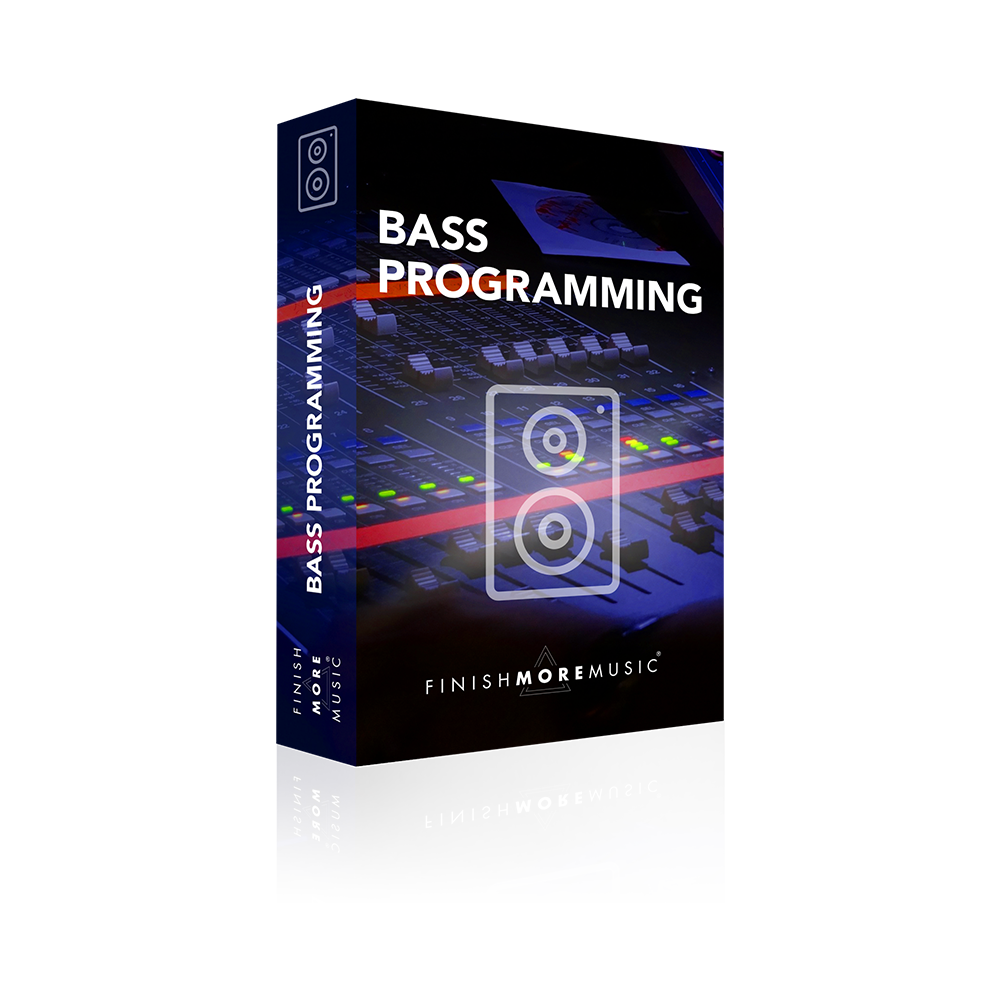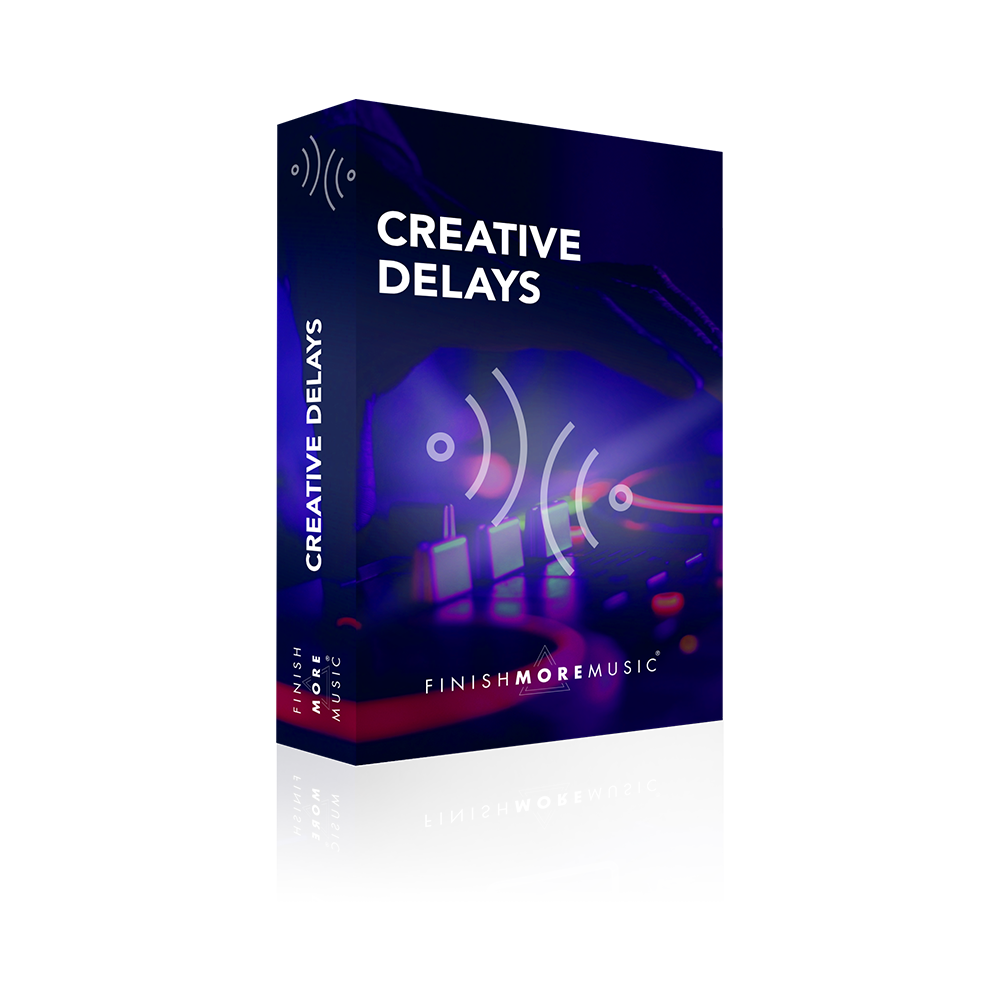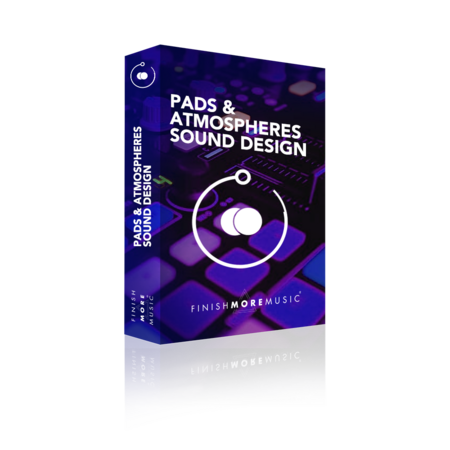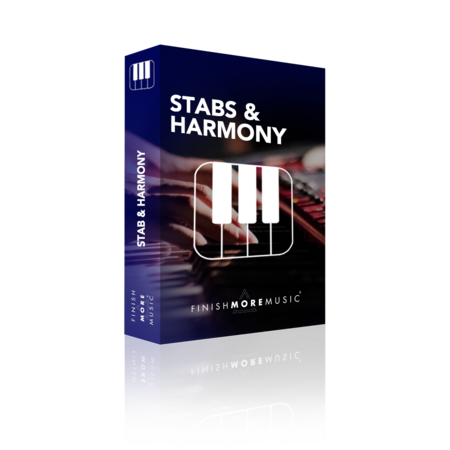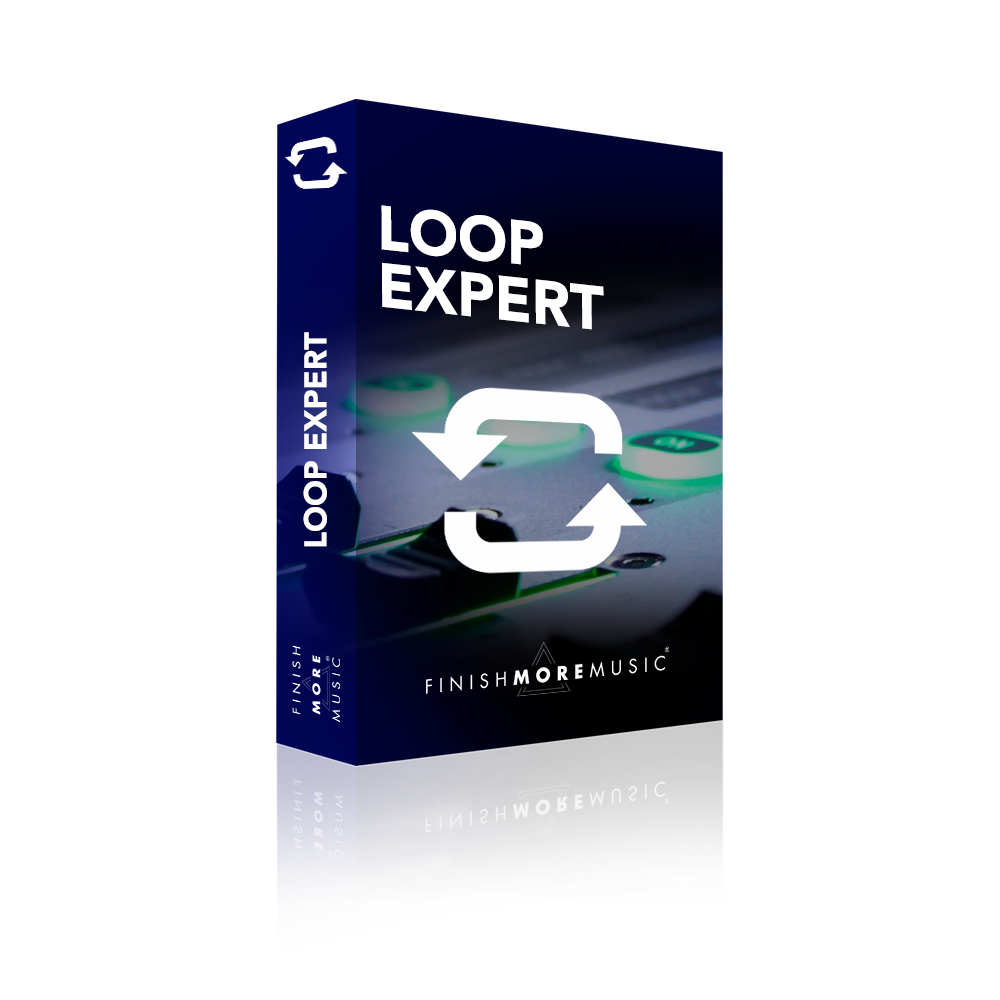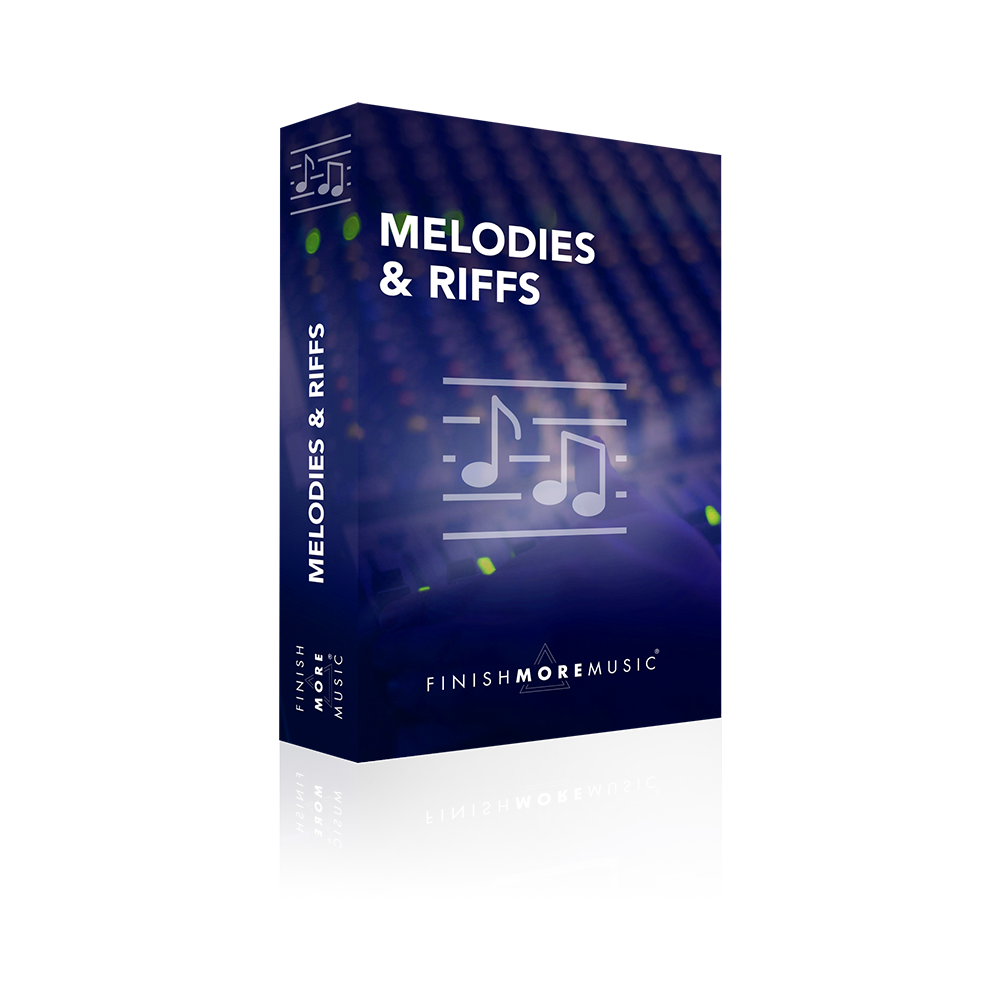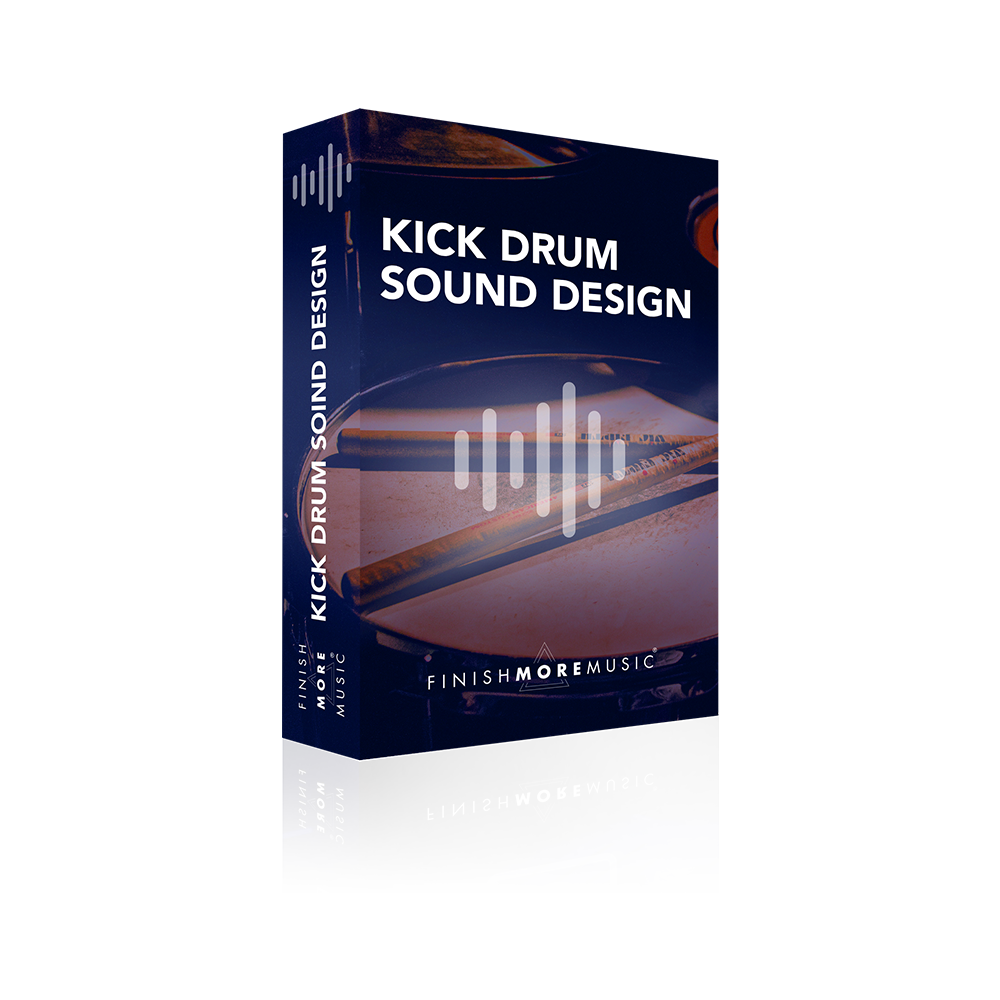Finalizing the transitions in your arrangement can be awkward, time-consuming and fiddly. Especially when you are trying to maintain the energy flow from one section to another. One trick I see a lot of producers using is heavily automating their main lead sounds and adding sample pack FX noises that stick out like a sore thumb in their mix. So often they overlook one key element, their drums. In this tutorial, I show you some simple and fast techniques that you can apply to the drums you already have in your track, to create smooth builds and impacts in your music.
Transcript
Okay. In this tutorial, we’re gonna take a look at three techniques for using your drums in order to create builds and impacts on the transition points in your tracks. For example, you’ll break down flowing into the drop. Now balancing these points in a track can be a real headache because on the one hand they can sound really sort of jerky and disjointed and on the other the drop concern really flat, with no impact, no energy rushing towards it. Now if you’re only focusing on the lead sound for automation or your bass sounds and ignoring your drums you’re going to be missing a really big trick. So let’s get stuck in and have a listen to the transition point at bar one five three.
Okay so first up, if you’re wondering how that riff was created, I’ve linked in the tutorial and the free rack that I used to create it underneath this video. Just click on the link, download the rack and then you can start knocking up riffs like that literally in a matter of minutes.
Download the Free FMM Riff Kick Started Midi Rack used in this video here: https://finishmoremusic.com/rack/
So I want to focus on that riff first of all just because there is some contribution to our drop point here, to this transition have a listen. So we’ve got a little bit of a delay that’s just building up over the last few notes but I actually want to take this out of the game, so that you can hear that actually it’s the drums that are doing the heavy lifting. Let’s start up here with the tops. Okay, so what are we got going on here. Well there’s actually a vocoder on the tops buss, so all of our high hats and things are going into this group and we’ve got the release and the dry/wet modulating on this and also we’ve got a reverb. I’m gonna take the reverb out of the game, just for a moment and what you’re gonna hear is the impact of the vocoder. So the important thing here is set your carrier to noise and then literally you’re just going to automate the release which is almost like putting a fake tail it feels like on the hats and the different sounds. It’s like elongating them but basically we are creating a bit of a wall of noise here and sort of fading into that noise. So if I just pull up the automation so you can see it, just standard stuff here. Have a listen to this. And it cuts off really abruptly. Now that helps a lot with the impact. Now what we’ll do is throw in that reverb. So now have a listen with a reverb chucked in for good measure. Particularly listen to the tale that we’re gonna get.
So already that’s sounding decent. Now in addition to that, we’ve also got a clap and a fill for that clap. Now, this is the first time that the clap features in the track. So by bringing the sound earlier on, ie before the transition point, what we’re doing it in a way introducing it so as well as using this as a build-up element we’re actually giving the listener a little taste of what’s to come. So we’re getting the impact of the high energy from the clap joining the party but simultaneously we’re smoothing it over because you’re becoming used to this timbre. And additionally as well as using exactly that clap sample, nothing more than dragging it in here, to our simpler there’s also a nice long delay and a reverb on there. So it bridges the gap of the transition. Just going into the MIDI again you can see we’re using velocity each hit is getting gradually louder. Have a listen. And on its own.
So when we put all of this together, and I’m just gonna make sure the riff isn’t playing so you can hear it really clearly this is what we get. So we’ve got a drum fill, we’ve got delays bridging the gap, we’ve got vocoders that are increasing the length of the note and feeding into reverb and that little lock combined is really giving us that energy build that we want plus some impact and a nice tail that smooths us off as we go into the drop. So really you can hear the drums are playing a huge part. And it’s all of these little touches that build up and get the energy and the impact that you want in your track.
So I hope you found that useful that’s all from me. If you did enjoy the tutorial, you want a bunch more tips like this then I’ve also linked in the free Finish More Music 101 Tips for House and Techno Producers Ebook underneath this video. So grab yourself a copy of that as well. It covers everything from mixing, to sound design, arrangement, bass, drums like the lot super cool ebook. So grab a copy of that. I hope you enjoyed the video. Until next time. Happy music-making.
Thank you for watching
I really appreciate you tuning in and I hope you’re enjoying the tutorials and taking some real value into your music sessions.
If this video resonated with you and you feel it will have a positive impact on the people you know, please share it by using the social media buttons you see at the bottom of this page.
To make sure you are always the first to know when a new video lands: Subscribe to the FMM Youtube channel here.
Let me know how you get on with the techniques I showed in the videos and if you have any suggestions for future tutorials, ping me a message on Instagram (@IamKeithMills)

